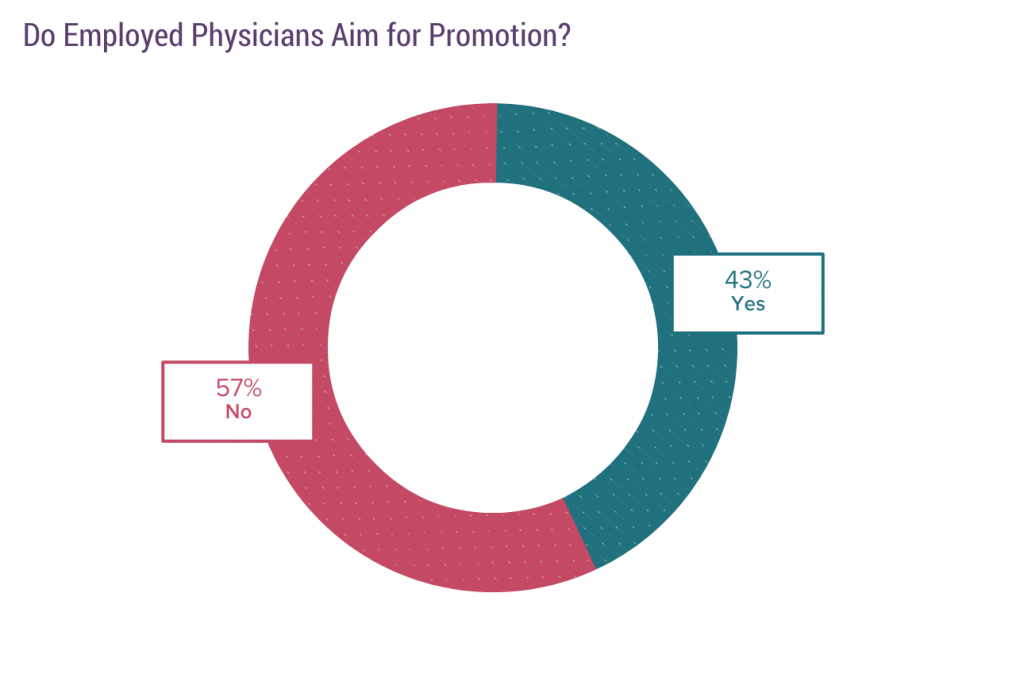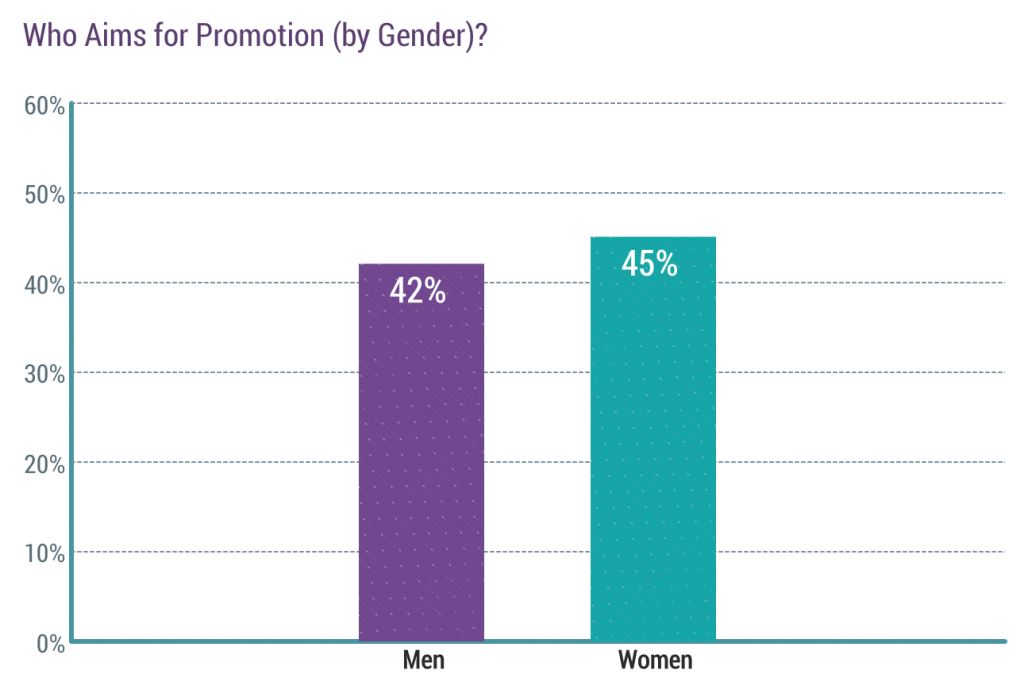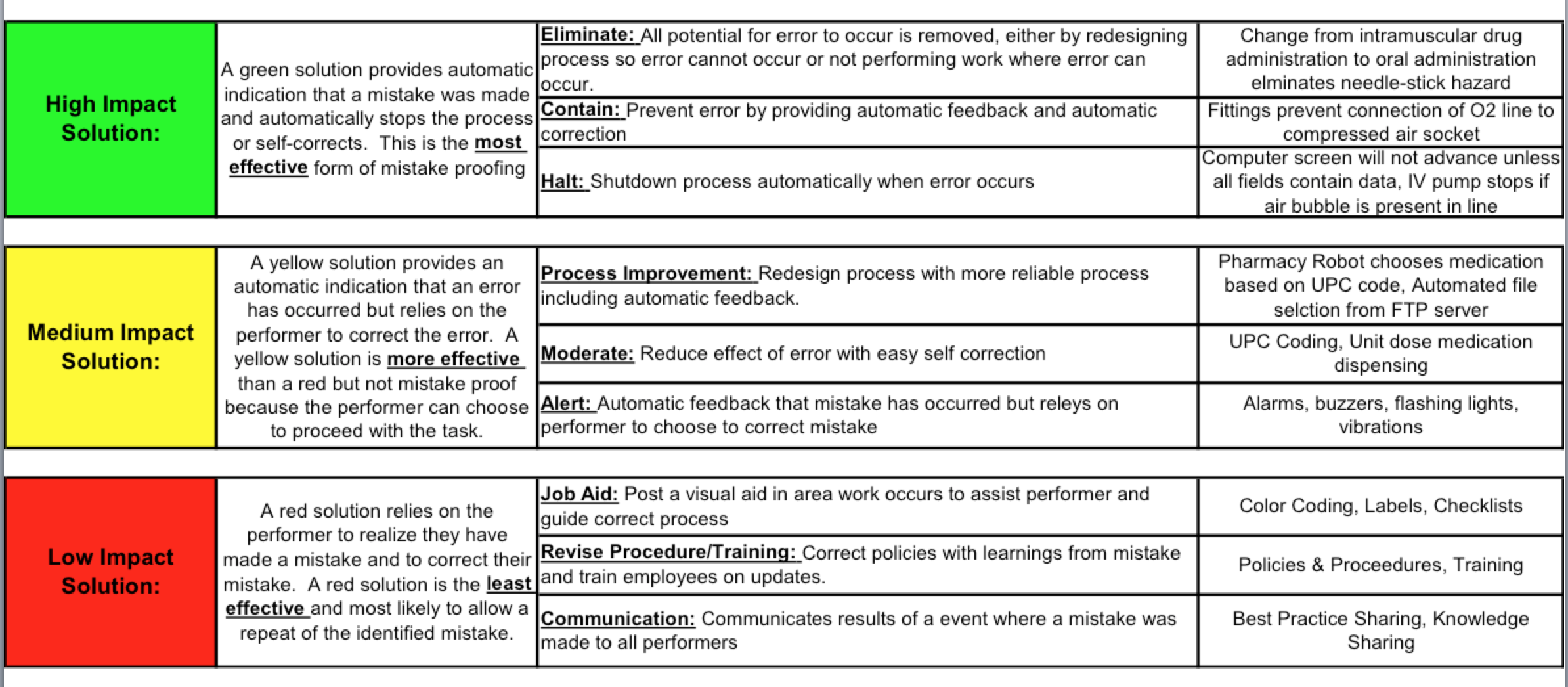The Fractured US Health Care System
Since the mid-80’s, the US Health Care system has slowly fractured into discrete pieces. The movement started with Emergency/Urgent Care and Family Practice physician specialties, then spread to all physician specialties.
The first Emergency Physician Training Program was started in 1970 at the University of Cincinnati, the first graduating “class” was in 1972. The American Board of Emergency Medicine was approved by the American Board of Medical Specialties in 1979. It took about 10 years for enough physicians in this specialty to be trained to create a tipping point in manning hospital Emergency Departments with Board Certified physicians. Before 1990, the majority of EDs were manned by community physicians “moonlighting” in EDs to get extra income, or, they were manned by community physicians who formed ED physician practices but were not board certified. By 2000, with the exception of some small rural hospitals, the vast majority of hospital EDs in the US were manned by Board Certified ED physicians with regional and national practices providing the supply to hospitals that didn’t directly hire their own ED physicians. Until the late 1980’s, if a patient presented to an ED, their primary care physician was called and was expected to come in and see the patient. The primary care physician could defer to the physician in the ED, but that didn’t occur often as, since the ED was manned by community physicians, primary care physicians were afraid they would lose their patient to the physician in the ED. Similarly, Urgent Care Centers pretty much failed in the 1980’s for the same reason, that is, the primary care physicians believed the physicians in the Urgent Care Centers were using that as an entry point into the community and would recruit their patients. The primary care physicians also felt that they knew the patients better and, for continuity of care reasons, it was better for the primary care physician to see their own patients. This was also expected by the health care system and the patients, as well as by the physicians themselves. It was the culture. Once board certified ED physicians became the norm in the EDs, the primary care physicians became more comfortable allowing ED physicians to see their patients. It wasn’t until around 2000-2005 that the primary care physicians began routinely referring acute care patients to Urgent Care Centers, due to reasons outlined below. This was the first step of the fracturing of the system. A physician now only had to go to the ED to see a patient if the ED physician either needed expertise to evaluate and treat a patient, or, the patient had to be admitted to the hospital. Some hospitals allowed ED physicians to write admission “holding” orders for the admitting physicians, so the admitting physician didn’t have to run to the hospital immediately.
This was Fracture #1 in the Health Care System.
The American Board of Family Practice was officially recognized in February 1969 by the Board of Medical Specialties. Before that, these physicians were called General Practitioners whose training was limited to Medical School plus one year of internship, usually a “rotating” internship (rotating through several specialties, e.g., Internal Medicine, Surgery, OB/GYN, etc.). At the beginning, there weren’t many Family Practice training programs, so, to get members into the specialty, you simply had to pass a “Family Practice” test to get certified. This was called being “grandfathered” in. The first Family Practice Residency Programs began in 1968. By the mid-1980’s, the “grandfathering” option was eliminated; you had to attend a Family Practice Residency Program to take the certification test. Initially, Family Practitioners could do anything related to the practice of medicine. They did surgeries, delivered babies, did ICU care, etc. Around 1985, this started to evolve into a more restricted (mostly self-chosen restriction) practice, eliminating surgery and OB. In some cases, hospitals started to restrict inpatient privileges for Family Practitioners, especially in urban areas where the board certified specialists in areas like surgery and OB were so plentiful, it was risky (malpractice risky) to the hospital to allow Family Practitioners to do these procedures since their depth and breadth of training was less then the specialists.
The second fracture in the system was due to the Family Practitioners. In the mid-1980’s Family Practitioners began eliminating their hospital practice entirely. They felt their training was more ambulatory biased and they began to feel “uncomfortable” with hospital-based medicine. I was in a medium sized city in 1986 when a Family Practitioner opened a practice in a town about 8 miles away from our city. His patients started showing up in the ED with the message that their primary care physician told them to go there to get admitted. The Family Practitioner had never applied for hospital privileges.
Back then, if you were a primary care physician with hospital privileges, you took “service call” in rotation with the other primary care physicians. Service Call was a quid pro quo for being allowed to care for your patients in the hospital. When you were on service call, usually a week at a time, you admitted any patient who presented to a hospital where the patient’s physician was not on the hospital staff. This could be a traveler or visitor to your city, someone who lived there but never chose a primary care physician, etc.
So, when a physician practicing within the service area of our hospital just started sending his sick patients to the hospital to be admitted by the service call physician, it created quite the stir, especially since the Family Physician didn’t even have the courtesy to inform the hospital that he would be doing this. The medical director and administrator of the hospital, at the request of the Medical Staff Executive Committee, met with this Family Physician who just said he wasn’t going to apply for privileges, he was still going to send his patients to the ED, and there was nothing the hospital or the Medical Staff physicians could do about it.
Over the next 20 years, the vast majority of Family Physicians stopped applying for hospital privileges and became 100% ambulatory/outpatient only practitioners. The Internal Medicine physicians began following suit, so that, by 2005, virtually 100% of urban and suburban primary care physicians were ambulatory practitioners only.
So, there is Fracture #2 in the Health Care System.
Now, just think about this for a minute. It used to be, primary care physicians went to EDs to care for their patients, did the urgent care in their offices and admitted not only their patients but unassigned patients to the hospital. Now, all of a sudden, they aren’t doing any of these things. The hospitals countered the ED issue by hiring ED physicians directly or contracting with ED physician practices. Now, with primary care physicians refusing to go to hospitals, the main question for the hospitals was, “Who in the heck is going to take care of the inpatients??!!”
Enter stage left, Fracture #3: The emergence of the hospitalist.
If your not keeping count, the hospitalist is the third physician type that is needed to do what one primary care physician did before 1990. Physicians were going into ED, and then, hospitalist practices, which subtracted them from the primary care base, and there wasn’t a decrease in the demand of patients who needed primary care. You can start doing the math as a preparation for the blog about why we need (or don’t need) 100,000 more physicians by 2030.
In a 1996 New England Journal of Medicine article, Dr. Lee Goldman and Dr. Robert Wachter coined the term “hospitalist.” By 2005 there were 5000 members of the Society of Hospitalist Medicine. As of 2014, there were 44,000 hospitalists in the United States. (The numbers are from the Society web page) It is the fastest growing medical specialty in history.
There is no official Hospitalist Residency Training program. The first hospitalists were mostly enterprising Internal Medicine or Family Practice physicians who saw a gap in care, a void, created by the primary care physicians. In a similar time frame, hospitals started directly hiring Internists as hospitalists, since Family Practitioners and some Internists had chosen to not do hospital medicine, and the hospitals couldn’t wait for hospitalist practices to form. The American Board of Hospital Medicine was founded in 2009, so you can see how young the specialty is. However, physicians acting as hospitalists are mainly Internal Medicine physicians who are adequately trained in hospital medicine. As a matter of fact, The American Board of Internal Medicine has a special certification, “Focused Practice in Hospital Medicine”.
Now, when you go to the hospital, you never see your primary care physician. You are cared for by a hospitalist who is doing “shift work” (as a matter of fact, the ED physicians and Urgent Care physicians are also doing shift work). The usual schedule is 12 hours on, 12 hours off for a week, then a week totally off, then the 12 on 12 off, a week totally off, etc. A hospitalist, an ED physician, and an Urgent Care physician generally do ~14 12-hour shifts a month. That’s 42 hours a week on average, what most people consider “normal” work week hours (40 hour week!). A primary care physician in 1985 worked 60-80 hours a week. And, the primary care physicians are also doing shift work. The usual number of hours a week for a primary care physician now is 32-36 hours of direct patient care a week plus 4-6 hours of non-patient contact time. They only go to their offices. They expect the same income as the 60-80 hour physician from 1985 who went everywhere.
As noted above, there are now 44,000 hospitalists in the US. Internists used to be primary care physicians with patient panels of about 1800 ambulatory patients. 44,000 x 1800 = 79,200,000 people who would have had a primary care physician had primary care physicians still done both ambulatory and hospital medicine. Here’s a reason why there’s a doctor shortage because the Medical Schools didn’t ramp up admissions and graduations to produce 44,000 extra primary care physicians since 2000. We’re having to import them from foreign countries and the communities in the US still can’t keep up. Of course, the medical profession keeps blaming it on the aging population, which is a factor, but this fracturing is having more of an impact than the age wave. Plus other factors I’ll get into in a later post.
At this point in the discussion, there is now a need for four, count ‘em, four physicians to do what one primary care physician did before 1990.
And this now isn’t solely a primary care phenomenon. Since around 2005, every non-surgical specialty has adopted this model. Yes, there are now Cardiologist, Neurologist, OB/GYN, Gastroenterologist, etc. (you name it for non-surgeons) hospitalists! Surgeons haven’t totally converted because their income depends on the number of surgeries they do. But they do have APC’s (Advance Practice Clinicians) doing their hospital rounding and a significant proportion of their outpatient work. Surgeons want to be in the OR as much as possible, especially in the Fee For Service reimbursement model. Maybe that will change with capitation, value based reimbursement, bundled payments, etc.
Is there more? Well, yes! There is. Fracture #4!
Primary care physicians used to be obliged to follow their patients anywhere they ended up. Most people think about the above four venues, but there are more: Skilled Nursing Facilities and Nursing Homes. It now won’t come as a surprise to you to know that primary care physicians no longer go to Skilled Nursing Facilities (SNF) or Nursing Homes (NH), which the primary care physician in 1985 did. It was similar to admitting your patient to the hospital when they needed that level of care. It was expected that you would follow the patient to these facilities. If they were in a skilled level facility, you had to see them every 30 days. If they were in a nursing home you had to see them every 60 days. These regulatory time frames were moot if your patient was sicker and needed to be seen more often.
There were two separate movements that removed primary care physicians from going to SNFs or NHs. One was, they simply refused to go, just like the primary care’s refusal to go to hospitals. The other was, SNFs and NHs refused to let primary care’s see their patients, they hired “SNF-ists” and NH Medical Directors to see the patients. The main reason was, the primary care’s weren’t responsive enough when there were patient problems and they weren’t adhering to the regulatory time frames for response to urgent calls from the facilities or signing verbal orders. So, the primary care’s essentially removed themselves from these venues, one way or the other, the latter related to another of my blogs about their shift work mentality.
Now there are SIX physician FTE types who are doing what it took one primary care physician to do in 1985. And they are all doing shift work. Future posts will explain why physicians and APCs prefer shift work.
By the way, I was there in 1985 so I know what the 1985 reality was.
In 2016, according to the Kaiser Family Foundation, there were 441,735 primary care physicians in the US. There were 484,384 Specialists. The 44,000 hospitalists and 42,000 ED physicians are in the Specialist number. There are also 20,000 physicans in Urgent Care Centers. (All of these numbers come from their own society’s latest postings.) This adds up to 106,000 physicians out of the primary care practice arena. 106,000 x 1800 patients = 190,800,000 people! There are only 360,000,000 people in the USA! Wait, 441,735 x 1800 = 795,123,000 people! Of course, the 441, 735 probably included retired or semi-retired physician, but, doesn’t it look like there are enough primary care physicians? Unless, of course, they aren’t caring for 1800 patients each, or the way they practice limits their availability. The numbers say more like 800 patients each. More on this in later blogs.
[Interestingly, on May 16, over a month after this blog was written, an article on this exact subject was published in JAMA (“Reassessing the Data on Whether a Physician Shortage Exists”; JAMA May 16, 2017, Volume 317, Number 19). Here is an excerpt:
“The United States currently has more than 900,000 active physicians. Of these, 441 735 are primary care physicians and 484,384 are specialists. Approximately 12% of primary care physicians work part time, leaving slightly more than 388,000 full-time primary care physicians. Of these, nearly 80 000 are pediatricians. According to recommendations from the Agency for Healthcare Research and Quality, the average physician panel size—the number of unique patients under the care of an individual physician—should be between1500 and 2000. A recent Medical Group Management Association survey of primary care physicians found that the median panel size was 1906 and the average was 2184. Conservatively, if each of the 388,000 full-time primary care physicians cares for an average of 1500 patients, they could care for an estimated 583 million people. Today, there are 240 million adults in the United States. Even at the low panel size of 1500 patients, all adults could be cared for by 160,000 primary care physicians; at a panel size of 2000 patients, the United States would require an estimated 120,000 full time primary care physicians. Similarly, the 73 million US children younger than 18 years could be cared for by an estimated 49,000 pediatricians, assuming that each provides care for 1500patients, or by an estimated 36,500 pediatricians with panel sizes of 2000 patients. Add to these conservative calculations the care provided by the more than 50,000 part-time primary care physicians and there seems a significant surplus, rather than a shortage, of full-time primary care physicians.”]
The point of this post is, it’s the physicians who fractured the US health care system. The biggest problems from this are: 1. Lack of knowledge across the system about individual patients, 2. Lack of continuity of care, 3. Inadequate communication across the health care continuum, 4. The “too many cooks spoil the soup” concept (practitioners don’t agree with each other about how the patient should be managed and change care regimens set up by another physician), 5. Repeating tests and services, 6. Patient confusion over what their care plan is leading to deficient self-care, 7. Important things getting lost in the system, falling through the cracks, so to speak, 8. More opportunity for medical errors due to hand-offs.
To try to mitigate this, health systems (and health insurance companies) have added non-physician FTE’s (Full Time Equivalents, basically, a person who works 40 hours a week) to the system: Case Managers, Care Coordinators, Nurse Navigators. These will be discussed more in future posts, but, this is now NINE FTE doing what ONE primary care physician FTE and his practice nurse did in 1985.
And I haven’t even gotten into the Advanced Practice Clinicians (APC’s)(formerly called “mid-level providers): Nurse Practitioners, Physician Assistants and Pharmacist Clinicians. These APC’s do portions of what a primary care physician did in 1985, like, managing stable hypertension or diabetes, seeing same day acute patients (colds, sprains, etc.), adjusting meds for chronic illnesses like COPD and depression.
No one has decreased the number of physicians. All of these FTE’s are added to the functioning and cost of the health care system.
And the final, to me the craziest, FTE addition of them all is the “scribe”. What, you may ask, is a scribe?
A scribe is a person (now they are actually certified as a health care scribe! A new health care industry, scribe training and certification!) who enters information into the Electronic Medical Record (EMR) for practitioners. As you might have experienced, almost all physician practices, hospitals, SNFs, etc. are now on EMRs. The EMRs are so poorly designed for caregivers, there is now an FTE type, the scribe, who follows the practitioner around (physician or APC) and enters most everything into the EMR because it takes too much practitioner time. Yes, EMRs made practitioners less patient care productive. As a matter of fact, there have been several articles published in 2016 and 2017 showing that practitioners spend 50% of their in office time on the EMR instead of seeing patients (i.e., 4 hours EMR, 4 hours seeing patients). Meaning they can’t see as many patients because of the unintuitive design of EMRs.
I don’t know what a scribe is paid, but, it is an additional cost to the system, not even counting the training and certification costs.
So, that’s 10 FTE doing what ONE primary care physician and their nurse did before 1990!
Anyone want to know why health care costs keep going up? And this is just one factor (no one wants to talk about)!



